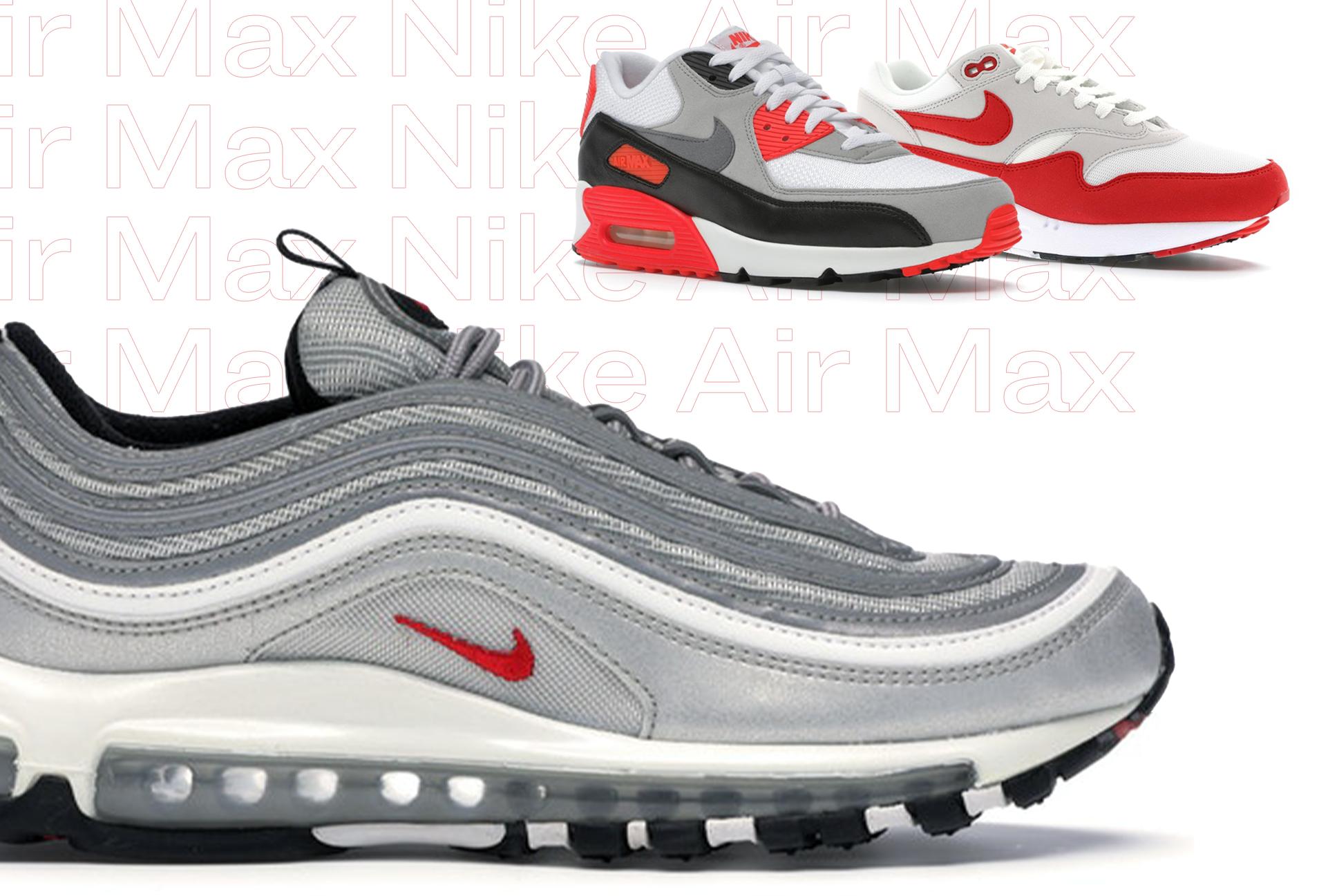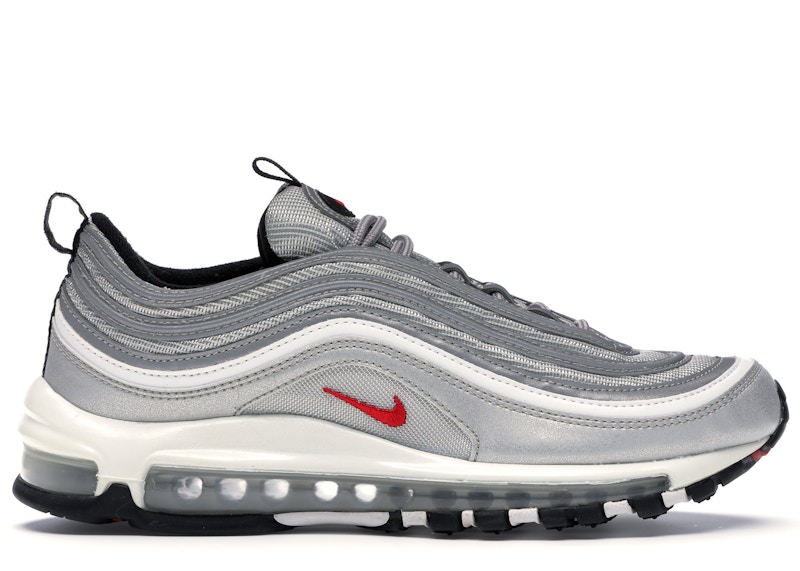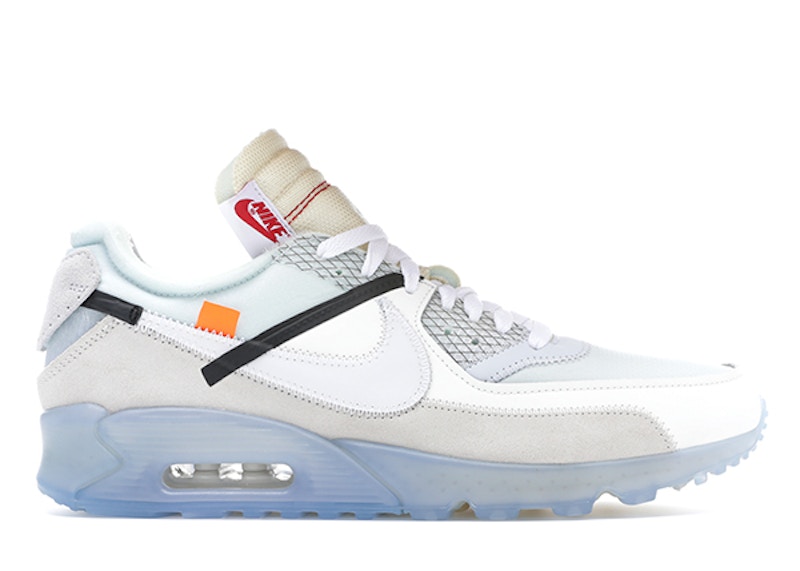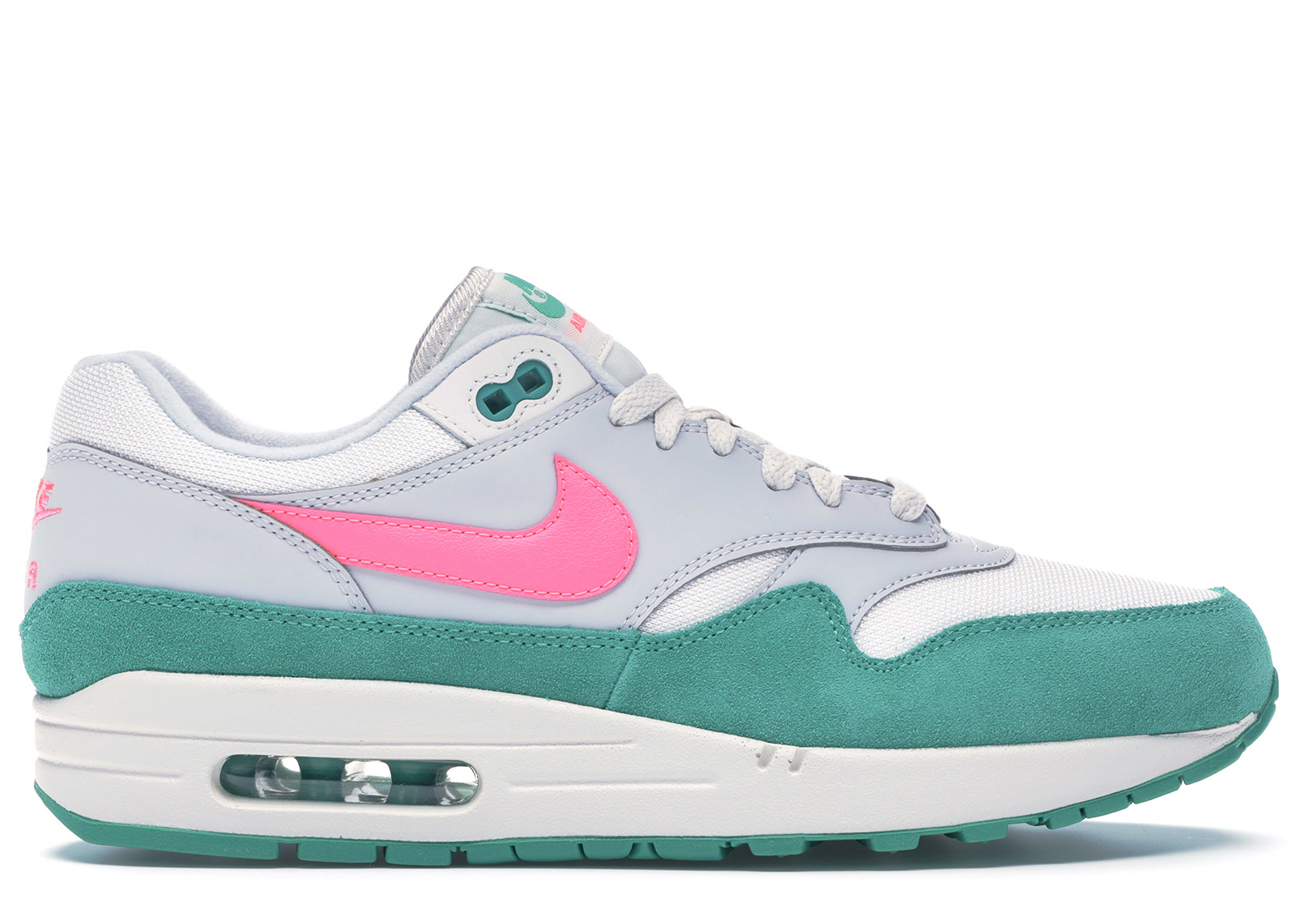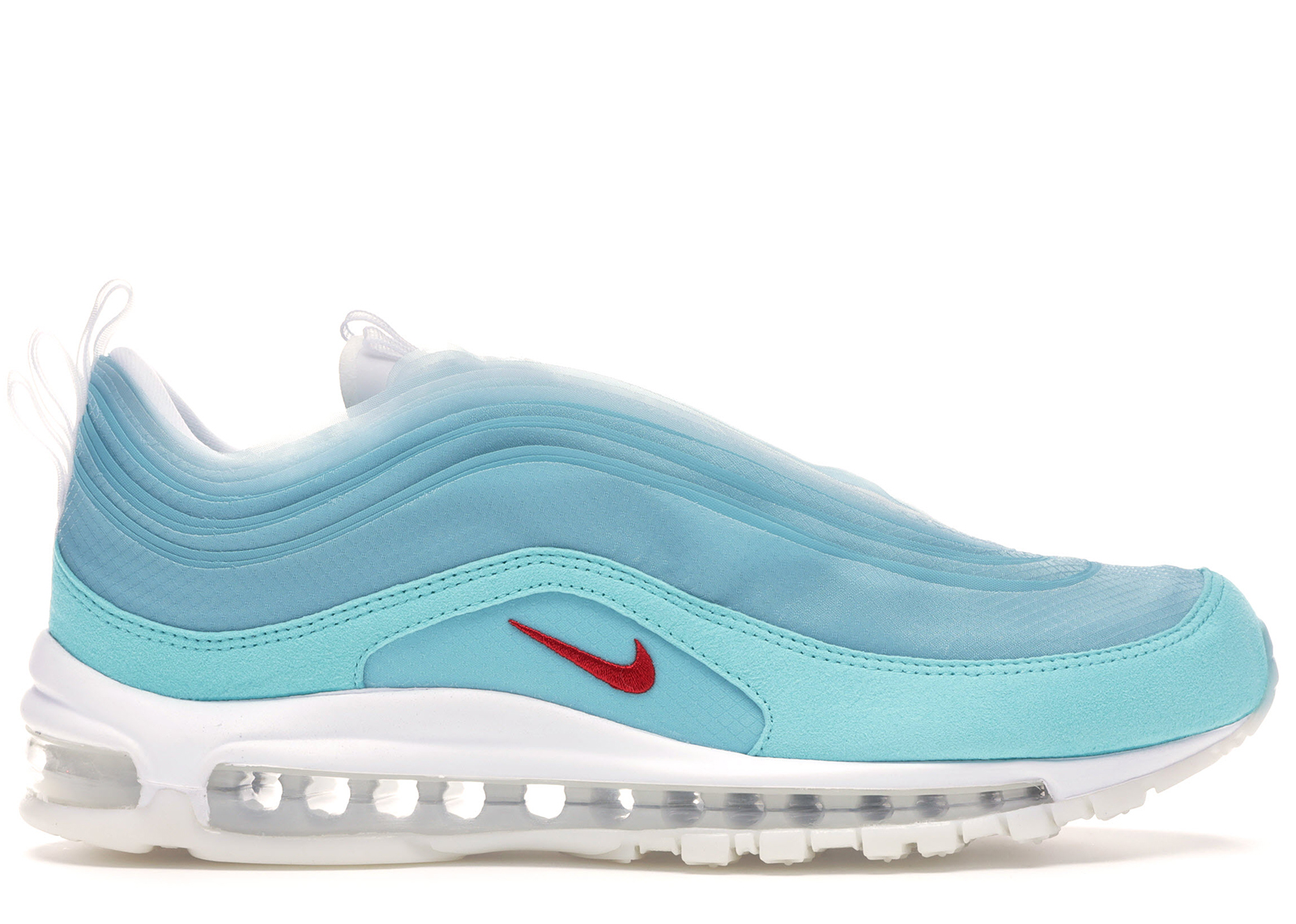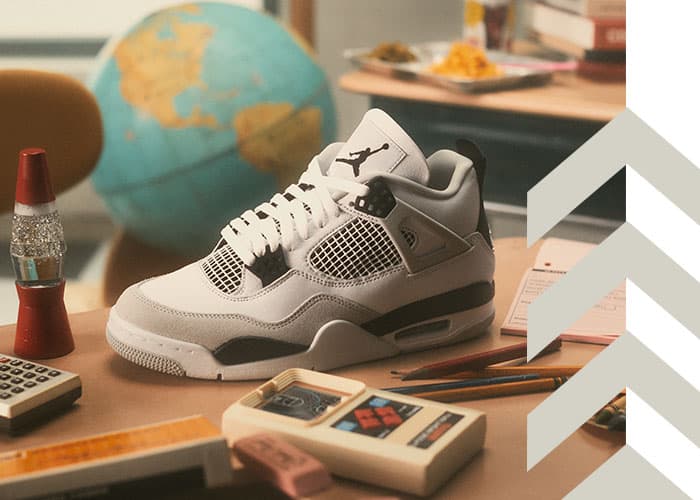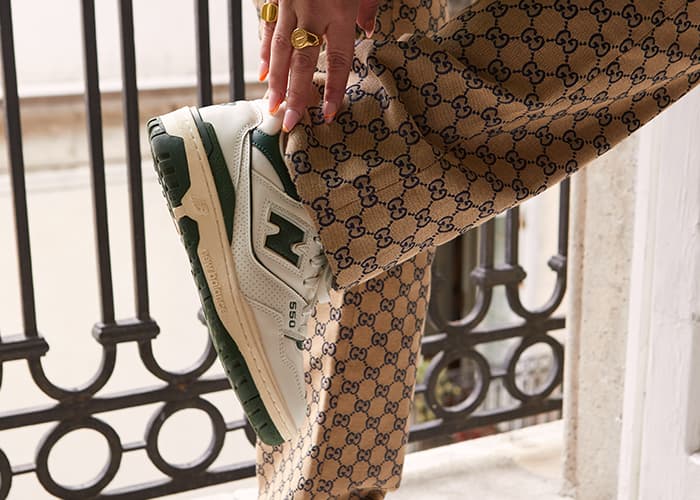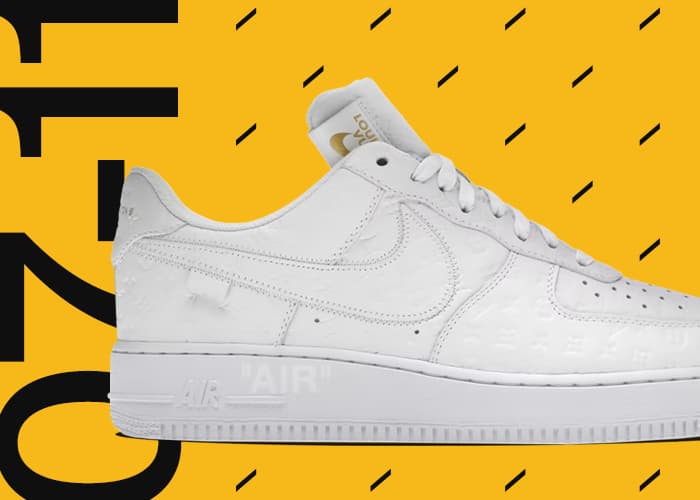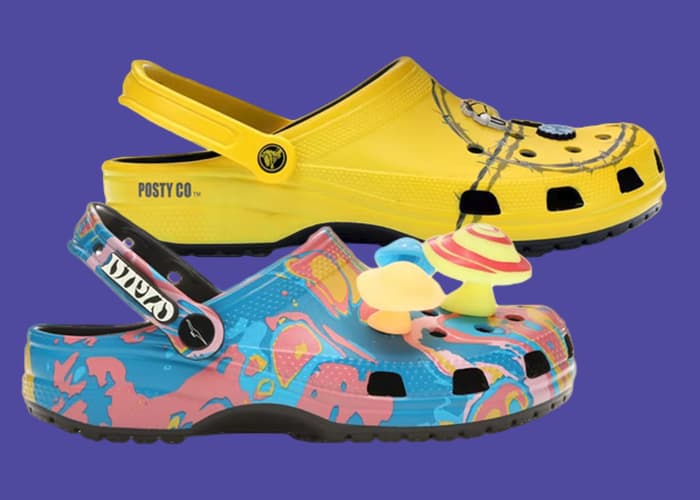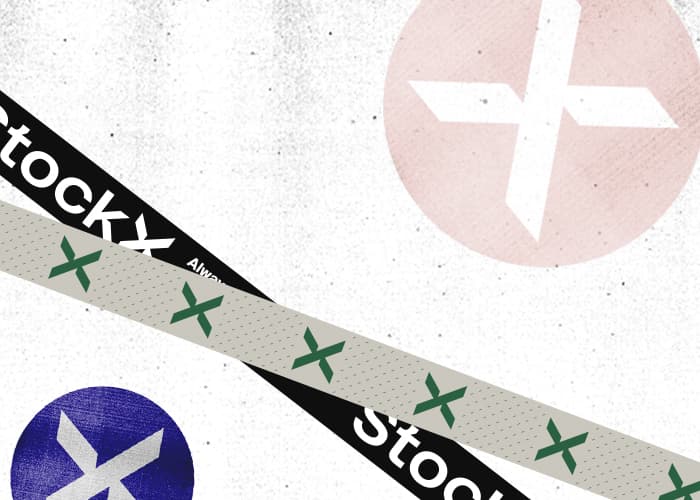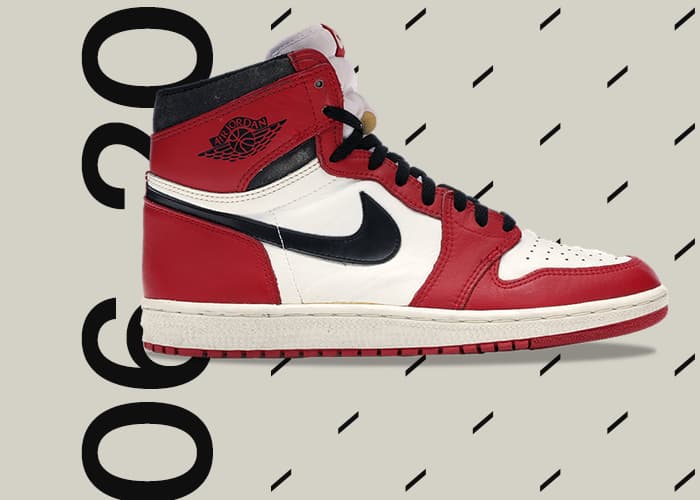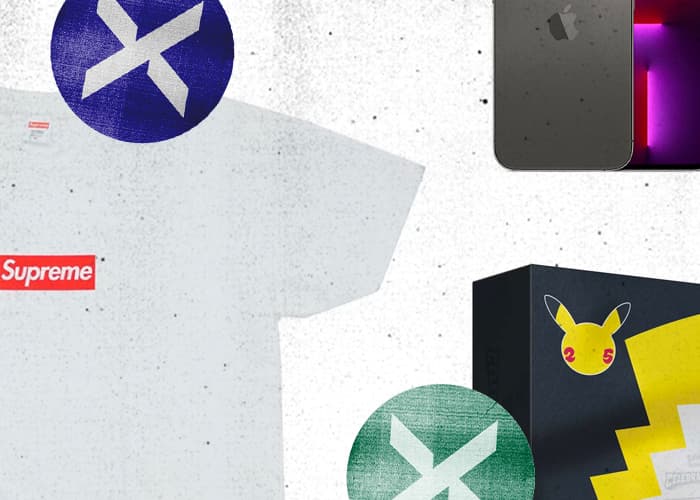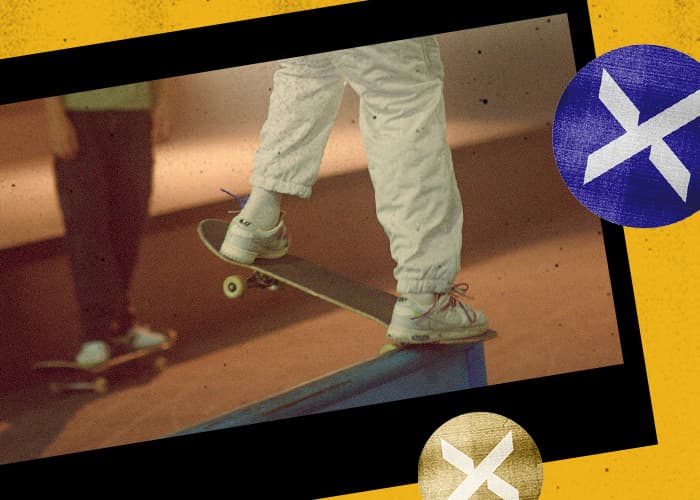In 1979, Nike brought Air to the world. Not the kind that you breathe, but the kind that makes your next step better than your last. The Air Tailwind was the first to introduce Nike Air, but it was the Nike Air Max that was a seismic shift in the forward-progress of sneaker development. With this shoe, “Air” became both the core technology and the defining aesthetic of Nike, and as such, it represents a perfect synthesis of sneaker science and design.

Image by Nike
The technological origins of Air Max shoes can be traced all the way back to 1979. That year, Nike introduced the Air Tailwind – the very first shoe to feature aerospace engineer Frank Rudy’s “Air” technology. This technology, which Rudy discovered when working for NASA, was an innovation on the traditional EVA midsole construction and utilised gas-filled urethane pouches to soften the impact on a runner’s foot. The Air Tailwind was a great success with runners and, as a result, Nike went on to include Air technology into later sneaker designs: most notably, the Air Force 1 and Air Jordan 1.
Yet while wearers could feel the comfort of Nike’s Air technology, they still couldn’t see it. On the outside, Nike Air sneakers appeared to have the same tech as every other company. If they were going to set themselves apart, Nike needed to show the world what it was made of. Thankfully, Tinker Hatfield found the solution.
Inspired by a visit to the Centre Pompidou in France, Hatfield looked at the design from an inside-out perspective. He began looking for ways to expose the inner-workings of Air technology in the design process. In 1987, the Air Max 1 and its visible Air unit was born and the rest is history.

Original Ads for the Nike Air Max 1
For over 33 years, Nike Air Max shoes have been some of Nike’s best-selling sneakers. Recent innovations like Vapormax and Air Max React have kept the Air Max line at the forefront of performance footwear, while classic silhouettes like the Air Max 1 and 90 have been given a new life through fresh colourways and collaborations. Yet with all of the different Air Max models that consistently release year after year, it has been unclear which silhouettes are the most valuable on the resale market.
We analyed our resale data to find out which Air Max silhouettes are flipping at the highest premiums and why these decade-old silhouettes are still relevant in today’s industry.
Air Max Investments
While Nike SB Dunks and Air Jordan 1s are well-known for their guaranteed appreciation over time, Nike Air Maxes are more of a darkhorse in sneaker resale. There are top-tier Air Max releases like the Sean Wotherspoon 97/1 and Air Max 1 Atmos that stack up against sneaker royalty. But those are just a few releases. Hundreds of Air Maxes drop every year and most of the time, they get overlooked. Despite the frequency of these releases, it turns out that Air Maxes are a very safe investment.

The size of the bars represents the overall average price appreciation for each silhouette, including both positive and negative outcomes. While the entire bar represents the overall average, red indicates colourways that have depreciated in price, while green indicates price appreciation, combining together for the total number.
Since last year, the average Nike Air Max shoe – across all silhouettes – appreciated by 28%. A return this high is might seem more enticing than, say, the 3% yield of even the most generous savings account. But within the Air Max category, not all silhouettes have seen equal gains.
Out of the four silhouettes that we analysed, the Air Max 180 showed the greatest average appreciation, with a 47% growth in price premium. While the AM180 climbed highest as a category, it also had the highest share of releases that depreciated in value. 29% of all Air Max 180s on StockX have actually lost value over the past year, as illustrated by the large red section of the bar above. In other words, nearly one in every three Air Max 180s became less valuable over time. Luckily, the significant growth of releases like the Air Max 180 Desert Sand – a shoe that appreciated by over 180% – has boosted overall numbers for the Air Max 180 category and set it above the rest.
At 42%, the second-highest average appreciation belonged to the classic Air Max 1. While it ranked #2 in average appreciation, it ranked #1 in consistency. Over the past year, 88% of Air Max 1 releases have gained value, while just 12% have lost value – the lowest share of any silhouette we analysed. Compared to other Air Max silhouettes and even shoes outside the category, these numbers are extremely high. Even Air Jordans have shown a smaller percentage of releases that have appreciated, with 80% gaining value over the past 12 months.
It’s clear that price appreciation has been consistent for Nike Air Maxes across the board. Some releases have seen only modest gains, but other Air Maxes have completely exploded in value and are trending towards new resale heights. The following chart shows the biggest price increases for Air Maxes in the past year.

Out of all the limited releases in the 35-year history of Nike Air Max, the Nike Air Max 90 Off-White White topped the charts with the largest absolute price increase. Prior to September 2019, the Off-White AM90 was reselling at $1,293 on average. Now, it is selling for over $1,700 on average. This $400+ price spike wasn’t by chance: it was by design. Collaborative models, especially Off-White Nikes, are more scarce than general releases and their resale prices are bound to skyrocket as time progresses. In fact, four out of the top five Air Maxes with the biggest price increases were collaborative models.
The biggest surprise in our findings came from the Nike Air Max 1 Watermelon. This sneaker was not particularly hyped when it released in 2018, being stocked at many Nike retailers and, for the most part, it was easy to get. Last year, the AM1 Watermelon was only selling for around $165. Then in September of 2020, the unthinkable happened. The Watermelon AM1 shot to the moon and now is reselling at an average resale price just under $330 with the most recent sales nearing $400.
Usually, we can pinpoint the source of the price spike for a GR Nike shoe like this one. Perhaps a celebrity like Travis Scott or Kylie Jenner is photographed wearing the shoe, or it becomes so old that it is now scarce and hard to come by. But for the Air Max 1 Watermelon, none of these causes applied. The shoe was released just two years ago and to the best of our knowledge, it hasn’t made any viral paparazzi or IG appearances. But, similar to the rise of the Shattered Backboard 1, there is a possibility that hype for the Watermelon AM1 snowballed from the ground up as casual wearers showed off their new shoes. The rise of the Air Max 1 Watermelon is a genuine anomaly.
Of course, Nike Air Max price appreciation hasn’t affected every release. Some Air Maxes are more affordable today than ever before.

We pulled data from the other end of the spectrum and ranked the top five Air Maxes with the biggest price decreases. One would expect this list to be filled with general release Air Maxes that sat on clearance racks and eventually found their way to discount retailers. And for the most part, it is. But shockingly, the greatest price decline belonged to one of last year’s most hyped Air Max releases.
The Nike Air Max 97 Kaleidoscope sold for over $630 on average just a year ago. Less than a year later, one of the most polarising events that can impact a shoe’s value occurred: a restock. Now, we don’t know exactly how many new AM97 Kaleidoscopes entered the market, but we do know the stigma that is attached to a restock. For sellers, restocks lower the value of shoes and undermine the reputation for scarcity and exclusivity. In a previous post, we analysed how Yeezys are affected by restocks, and now it is evident that Air Maxes are just as vulnerable. Today, the Air Max 97 Kaleidoscope is reselling for around $480 on average – $150 less than last year. This is still well above retail, but the decline is a trend and there’s no telling where it will go in the future. News of this price decline might be ill-received by sellers, but for buyers, this is great news. The AM97 Kaleidoscope is now more attainable than ever.
Upcoming Releases

As we enter the final quarter of 2020, there are still a few Air Maxes set to release that could drive the category toward another year of growth. The iconic Nike Air Max 90 Infrared is rumoured to return this holiday season, which would be the sixth retro of the world-renowned colourway. Original Infrared iterations of the Air Max 90 have appreciated by an astonishing 55% in just the past year, leading us to believe that demand for a new retro could be off the charts.

Another Air Max on the way that has been making noise is the Nike Air Max 1 Powerwall Pink Lemonade. The Nike Air Max Powerwall collection was originally released in 2005 to celebrate two decades of Nike Air Max. Out of the 56 pairs of Air Maxes that were included in the collection, the Air Max 1 Lemonade stood out as a fan-favourite and is just as relevant to this day. Nike recently released a green iteration of the shoe, and now, a pink version is also on the way.
These new Nike Air Max releases are sure to make a splash on the resale market. And if our analysis here continues to hold, most will continue to gain value in the months and years ahead.


